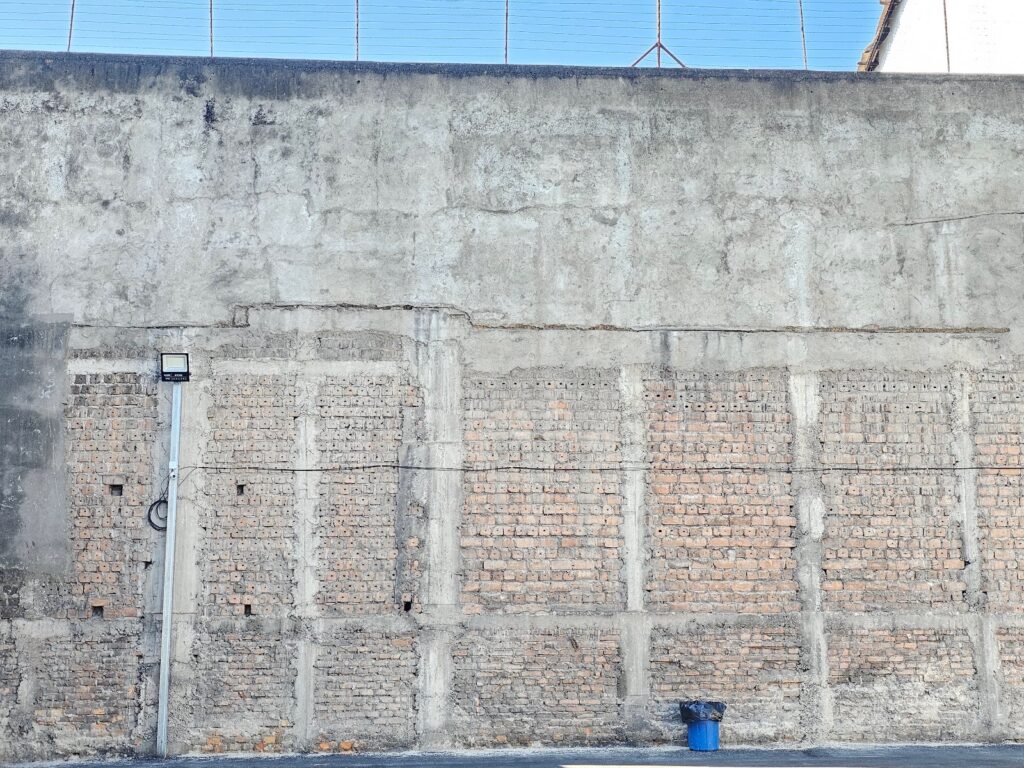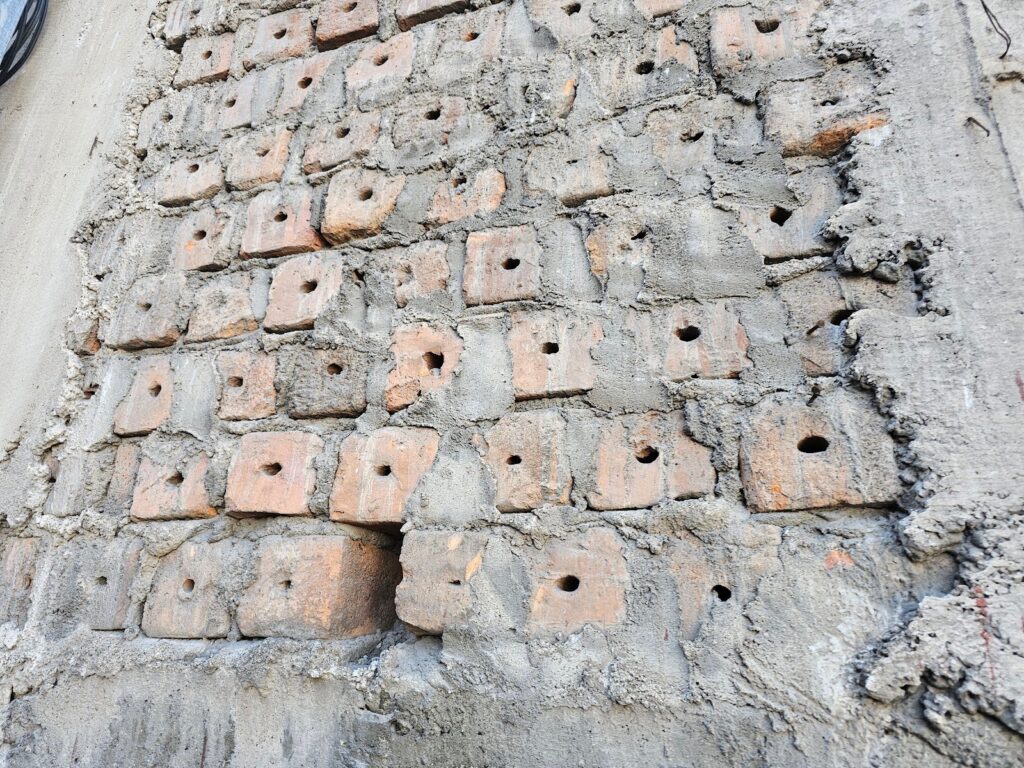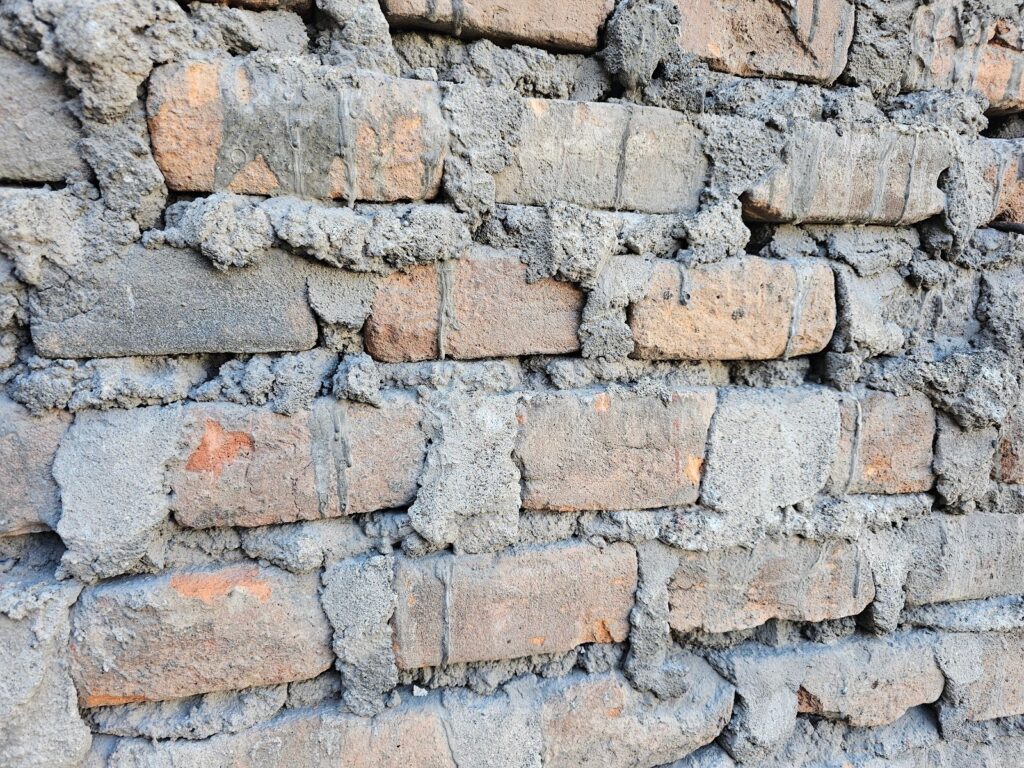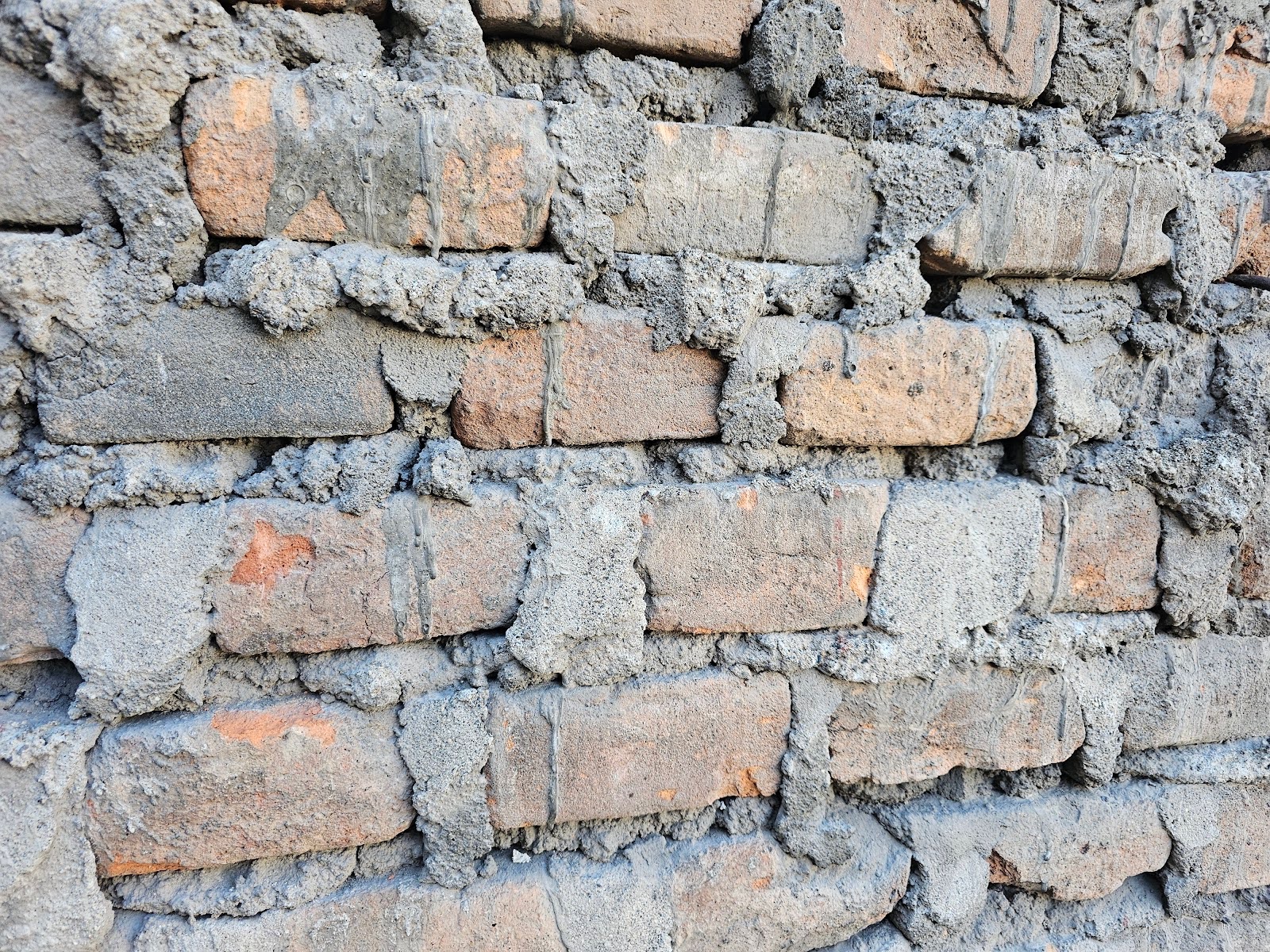Perforation in Historic and Modern Masonry
This week we took a look at a really old and interesting building. This building facade is largely built with historic brick, but it wasn’t built in the late 19th and early 20th century like the majority of historic buildings here in Washington DC. Instead, this building is actually a little bit newer but has some interesting features that we don’t see here everyday. We’ll start describing the building, by explaining some of the overall structural framework details.

Like traditional historic post and beam construction, this particular building was built with a concrete frame and although the brick might have some structural capacity, it’s really used to infill between the concrete post and being framework. In modern times, we would more likely use precast panels or prefabricated concrete block work such as typical CMU or more commonly refer to as cinder block, in layman terms.

The brick here is interesting for a few reasons, first, it looks like they installed the majority of the brick at the upper levels in the shiner position instead of the regular stretcher course position that we see most commonly. Installing brick in a shiner position is somewhat typical for infill type installations like this, but more often, particularly in contemporary construction, that we would see block work used to create an infill between a concrete post and beam superstructure. Unlike some types of concrete masonry units that are made to look like bricks, this is actual authentic kiln fire clay brick.

That detail is notable and it visually stands out, even from a distance. However, another detail that stands out even more, even from a distance is that the bricks appear that the majority of these bricks have a relatively small hole in the area near the center of the shiner field. You can see this odd detail in almost every brick. When you get close, you can see the holes more clearly. The picture below shows the brick infill areas from a moderate distance.
Besides the detail related to the holes found in these bricks, there’s a particular detail related to the concrete post that makes this a little bit different than typical. In most cases with post and beam type structures, even when infilled with bricks or block work, the post and beams will be installed before the infill materials. Here though, when you look at the post, you’ll see that they have wavy and inconsistent edges.
That’s not because the post have hourglass type shapes that undulate vertically upwards through the path of the post, instead it’s because the form work was set after the bricks were installed. Essentially, a space or opening was left between each infill area and then boards were installed to create the formwork and then afterwards, the posts were individually poured between each section of brickwork. Because the form work wasn’t able to set very flat or tight to the bricks, concrete oozed out around the edges of the forms and left the sloppy looking shape.
Also, another note not related specifically to the holes in the bricks, is that as you get closer to the surface of the wall, you’ll notice the mortar is very sloppy. This may have been built on a blind side where the initial, original builder couldn’t access or see the exterior face of the wall and had to build everything from the inside up against an existing building which is now been removed or demolished.
Those joints were not struck, smoothed, finished, tooled at the time of the initial construction and at this point, many decades after the initial construction, they really need to be repointed or tuck pointed thoroughly so that the entirety of the wall has a new fresh mortar applied. Repointing or tuck pointing is the process of removing old and deteriorated mortar at the outer edge or face of the wall and replacing it with compatible mortar in better condition.

We were very interested to learn more about the history of this building and try to understand why these holes were installed inside of each of the bricks, as we talked to the owners of the neighboring property, they explained that people have asked them the question many times over the years. From the best that they can tell, these bricks may have been used to allow for a minimal amount of passive ventilation.

We looked closely at the holes and we were able to confirm that the holes go very deep into the surface of the bricks. It’s not just a dimple or divot at the exterior.

Here you can see the bricks below the area of the bricks with the holes, at the base of the wall. It’s clear to us that these areas really need to be repointed. Because of the age, we’d probably recommend the entirety of the building facade br repointed.

Another close-up view follows below.

Our company, Dupont Tuckpointing and Masonry, specializes in masonry restoration, historic brick repointing, and tuckpointing services in the Washington D.C. area. These buildings are uniquely historic, and their preservation requires skilled masons who are technically trained in the best practices and knowledge of proper restoration techniques.
We understand the significance of maintaining the architectural integrity of these historic structures, and our team of experienced professionals is dedicated to delivering exceptional craftsmanship. Whether you require masonry restoration, tuckpointing, or brick repointing services, we are here to help.
At Dupont Tuckpointing and Masonry, we take pride in our work and strive to ensure that every project is executed with the utmost care and attention to detail. We are committed to preserving the rich heritage of Washington D.C.’s built environment for generations to come.
If you have any questions or needs regarding masonry restoration, historic brick repointing, or tuckpointing services, please do not hesitate to reach out to us. We would be delighted to assist you and provide you with the expertise and quality workmanship that your historic property deserves.
You can reach us by telephone at (202) 796-7644 and you can reach us by email from the contact form on our website at https://duponttuckpointingmasonrydc.com/contact-us/.




